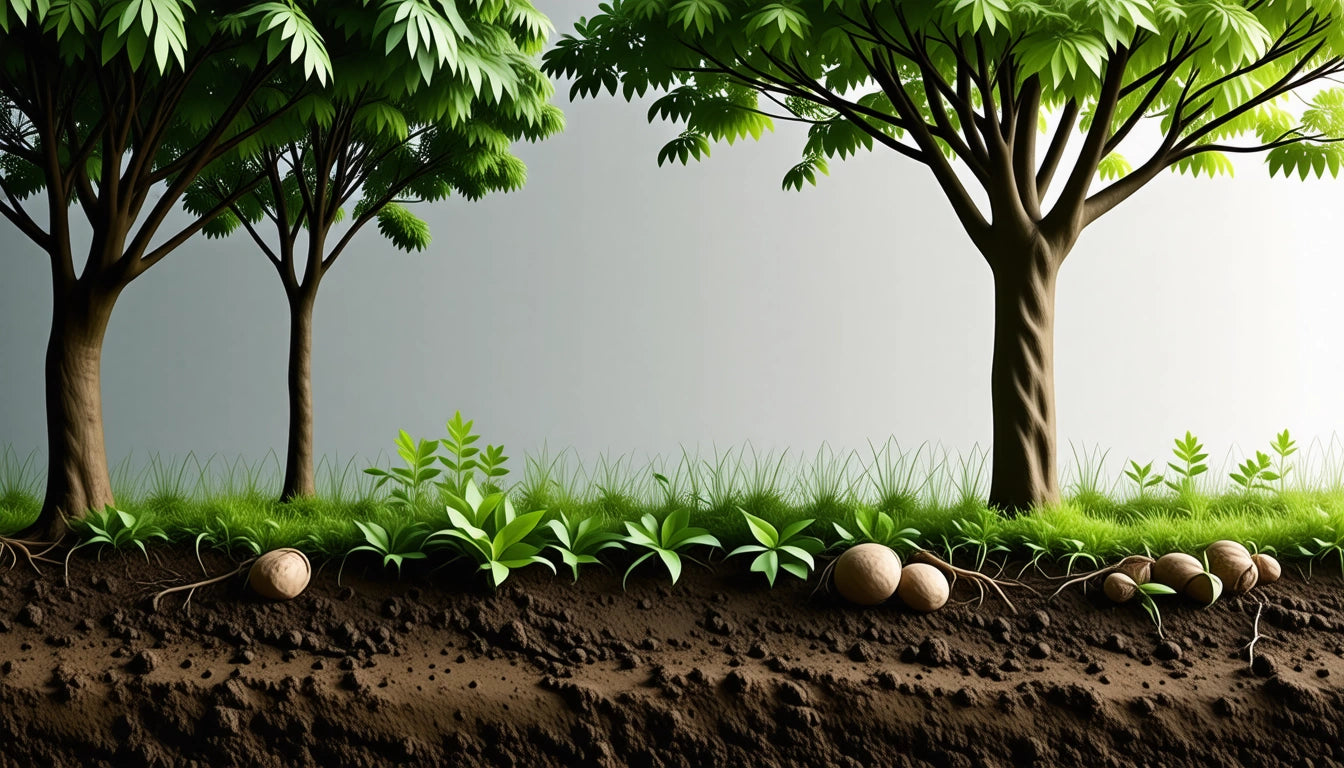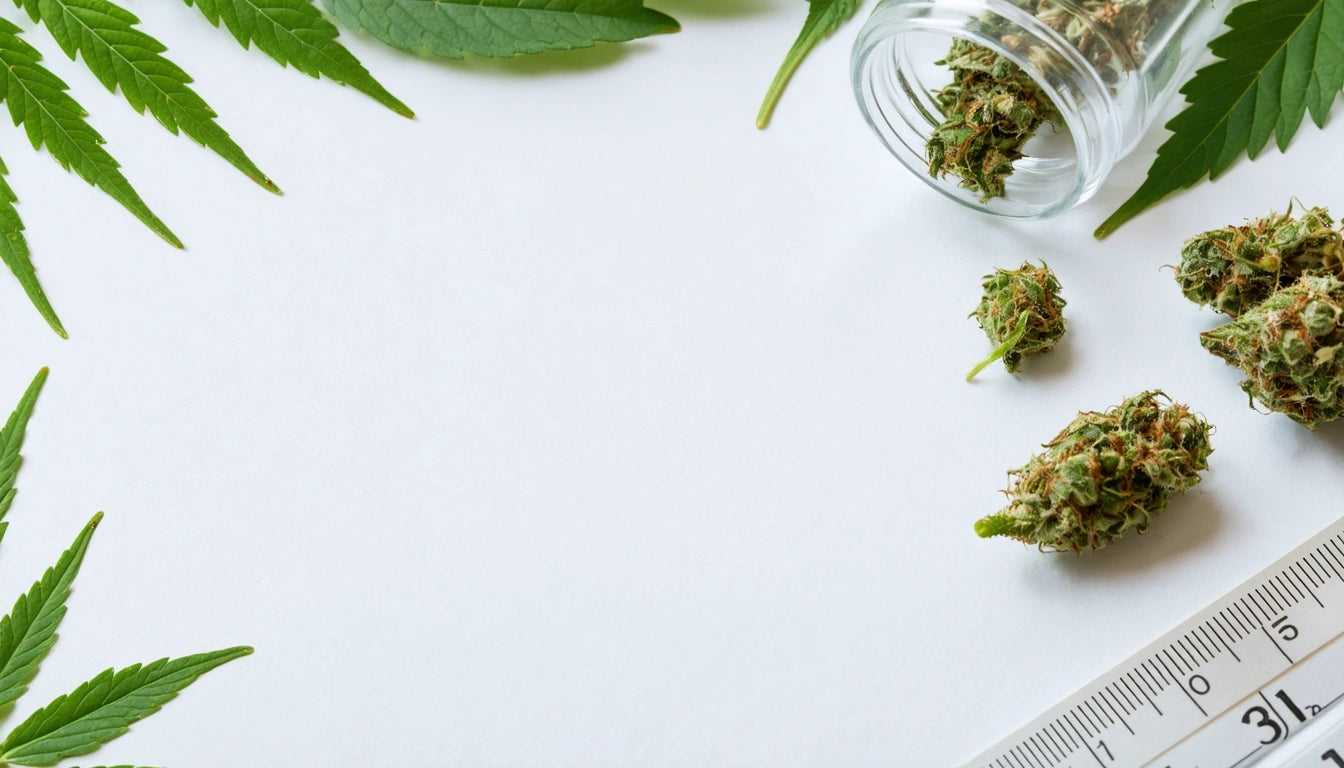Table of Contents
- Defining Weeds and Trees: Botanical Distinctions
- What Is a Weed Tree? Common Species and Characteristics
- Growth Patterns: How Weeds and Trees Develop
- Root Regeneration: Can a Weed Plant Regrow Its Roots?
- Common Misconceptions About Weed Growth
- Cannabis Growth Compared to Other Plants
- Management Strategies for Unwanted Plant Growth
Can Weeds Transform into Trees? Understanding Weed Growth and Development
The question of whether weeds can turn into trees reflects a fascinating curiosity about plant development and classification. While the short answer is no, weeds cannot literally transform into trees, the relationship between these plant categories is more complex than many realize. This article explores the botanical distinctions, growth patterns, and regenerative capabilities that define weeds and trees.
Defining Weeds and Trees: Botanical Distinctions
Botanically speaking, weeds and trees represent different growth habits rather than specific taxonomic categories. A weed is simply any plant growing where it's not wanted, competing with cultivated plants. Trees, however, are woody perennial plants with a single stem or trunk that grows to a considerable height.
According to botanical terminology, classification depends on physical structure, life cycle, and growth pattern rather than a plant's desirability. This fundamental distinction explains why a weed cannot literally transform into a tree, as they represent different growth strategies.
What Is a Weed Tree? Common Species and Characteristics
The term "weed tree" typically refers to fast-growing, invasive tree species that spread aggressively and may be considered nuisances. Common examples include:
- Tree of Heaven (Ailanthus altissima)
- Bradford Pear (Pyrus calleryana)
- Russian Olive (Elaeagnus angustifolia)
- Mimosa (Albizia julibrissin)
- Norway Maple (Acer platanoides)
These species share characteristics with weeds: rapid growth, prolific seed production, and aggressive spreading habits. While processing and managing these invasive species, many professionals use specialized equipment for sorting and processing plant material to ensure proper disposal and prevent further spread.
Growth Patterns: How Weeds and Trees Develop
The question "can weeds turn into trees" often stems from observing rapid growth in certain plants. While weeds cannot transform into different species, some plants initially perceived as weeds may actually be tree seedlings that weren't recognized. Tree saplings can appear weed-like in their early stages before developing woody stems.
Plants follow genetically determined growth patterns. Annual weeds complete their lifecycle in one season, while perennial weeds return year after year from the same root system. Trees develop through distinct stages: seedling, sapling, mature tree, and senescence, with increasing woodiness and height.
Root Regeneration: Can a Weed Plant Regrow Its Roots?
Many gardeners wonder if a weed plant can regrow its roots after being pulled. The answer varies by species. Some perennial weeds possess remarkable regenerative abilities, regrowing from root fragments left in soil. Examples include:
- Field bindweed (Convolvulus arvensis)
- Canada thistle (Cirsium arvense)
- Japanese knotweed (Fallopia japonica)
- Dandelion (Taraxacum officinale)
This regenerative capacity explains why complete removal is crucial for effective weed control. However, this ability to regrow from roots doesn't mean these plants are transforming into different species like trees.
Common Misconceptions About Weed Growth
Several misconceptions contribute to the belief that weeds can turn into trees:
Misidentification: Young tree saplings are often mistaken for weeds. When left to grow, they reveal their true identity as trees, creating the illusion of transformation.
Succession: Natural ecological succession processes can replace weed-dominated areas with trees over time, but this represents replacement rather than transformation.
Rapid growth: Some weedy species grow surprisingly tall in a single season (like jimsonweed or ragweed), reaching heights of 4-6 feet, which can make them appear tree-like.
Understanding plant identification is crucial for proper management. Resources on identifying various plant species can help clarify these distinctions.
Cannabis Growth Compared to Other Plants
Cannabis, often colloquially called "weed," follows its own distinct growth pattern that differs from both typical weeds and trees. While cannabis can grow quite tall (up to 13 feet in some cases), it remains herbaceous rather than developing true woody tissue like trees.
Cannabis has a unique growth structure and anatomy that includes specialized flowering patterns. Unlike trees that continue growing year after year, cannabis completes its lifecycle in a single season in most natural environments.
The plant's growth is influenced by environmental factors, as detailed in guides about natural growing conditions. While cannabis can regrow from roots in some circumstances, it doesn't transform into a different type of plant.
Management Strategies for Unwanted Plant Growth
Whether dealing with invasive weed trees or persistent weeds that regrow from roots, effective management requires understanding plant biology. Key strategies include:
- Proper identification before removal
- Complete extraction of root systems for perennial weeds
- Mulching to suppress weed growth
- Targeted herbicide application when necessary
- Regular monitoring and early intervention
For those interested in cultivating rather than eliminating plants, understanding proper growing techniques is essential. Resources on natural plant cultivation provide valuable insights into supporting healthy plant development.
While weeds cannot transform into trees, the plant world remains full of fascinating growth patterns and adaptations. By understanding the fundamental botanical distinctions between different plant types, we can better appreciate the complexity and diversity of the natural world around us.











Leave a comment
All comments are moderated before being published.
This site is protected by hCaptcha and the hCaptcha Privacy Policy and Terms of Service apply.